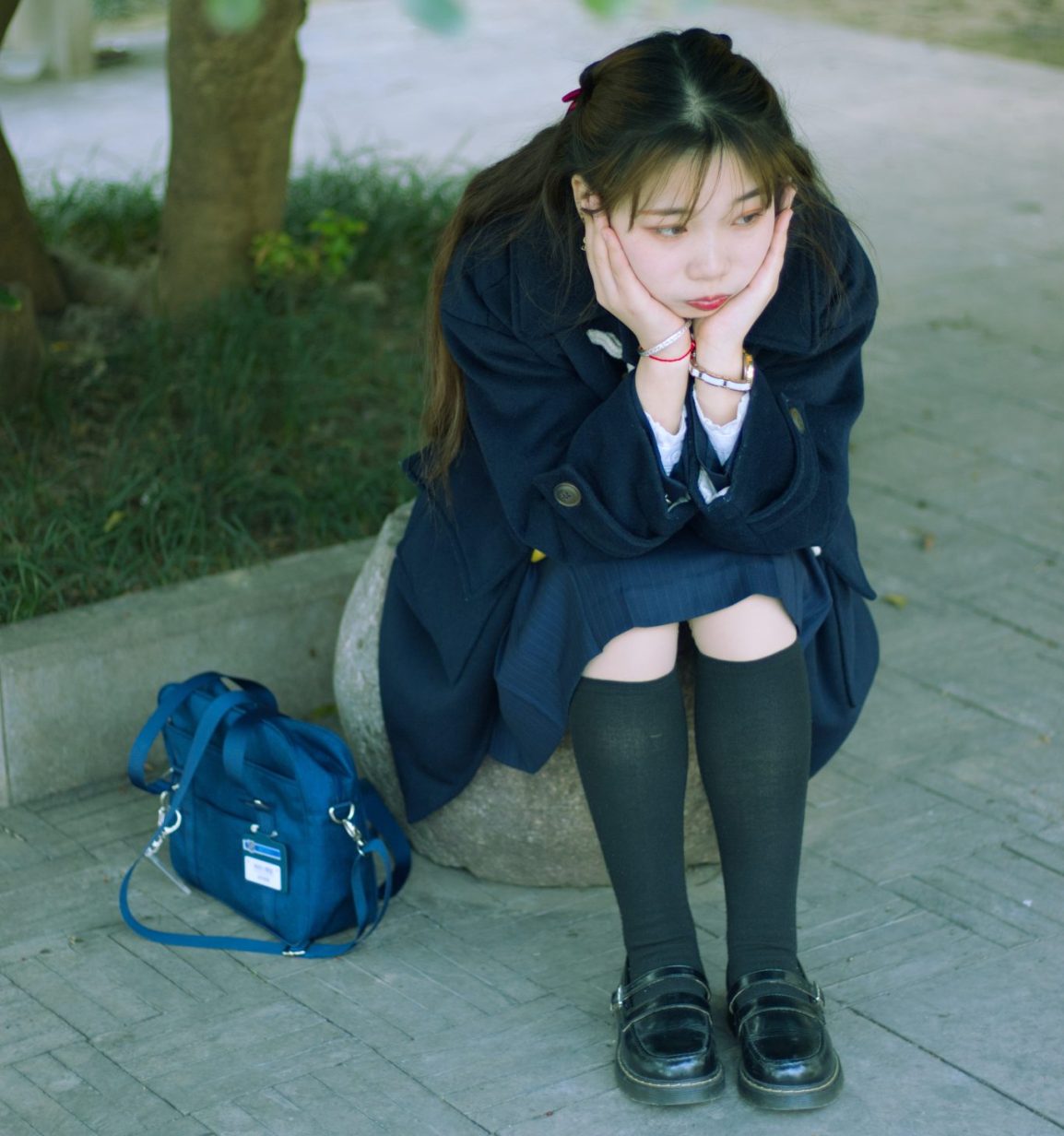In middle school, I began to notice girls being dress-coded more frequently and harshly than boys. I had never heard of a single boy getting dress-coded by teachers, whereas my friends and I were often sent back to the dorm to change for wearing shoulder straps that were precisely thinner than two fingers, or for slightly showing our midriff. This prevalent, realistic example of gender discrimination prompted me to begin noticing the profound discrepancies between girls and boys. Why can’t girls wear what they want?
ARE DRESS CODES EQUAL?
At school, young girls’ bodies are seen as disruptive to others in the school environment. Around the world, many girls have to adhere to the strict dress code that schools impose on them – no sleeveless clothing, no ripped jeans, and skirts longer than one’s fingers. For many generations, women and young girls alike have been judged for what they choose to wear. To look at a young girl with her stomach out and label it as “inappropriate”, “revealing”, or “distracting”, creates an environment that normalizes sexual harassment and conveys objectified views of women.
Are women meant for the gratification of men, and merely just “eye candy”? Should we wear clothing that covers our entire body in the hopes of dodging sexual objectification? Why should our attire define who we are? Clearly, girls are being sexualized in a non-sexual context. Many of us have felt unaccepted for who we are because of the clothing we want to wear, which is extremely harmful to the learning experience. The bottom line is, the dress code affects our perception of our bodies and reinforces gender stereotypes.
Another overlooked problem is that dress codes are not always fairly applied and consistent. Different teachers have different tendencies to judge a girl’s character and morals depending on how she dresses, rendering them unable to apply dress codes fairly. Depending on the teachers’ bias, condemnation is constantly being enforced, whether through public berating or a gentle warning. Girls want changes that will promote clothing styles, identity development, cultural diversity, and gender expression. In essence, girls have the right to be heard as not passive objects, and rather, just girls.
SCHOOLS AS SAFE SPACES
Academic institutes are meant to be safe spaces for students – they should not be encouraging the sexualization of young girls, but rather fostering a respectful, tolerable environment that knows something other than misogyny. In this regard, other initiatives, like courses on respect, self-defence, and harassment should be implemented in school curriculums to educate students rather than being the “garment police”. Human rights have been the focal point of many political discussions, and the 21st century has faced significant societal changes history has ever seen, so why are sexist dress codes still being enforced? A holistic evaluation and fundamental shift from the misogynistic concepts of the dress code is long due.

